Your First Ethereum Toolbox: What Are Development Tools and Why You Need Them
This guide introduces the essential tools for building smart contracts, compares top frameworks like Hardhat, Foundry, and Ape, and shows you how to start deploying your dApps on the fast, scalable Bitfinity EVM.
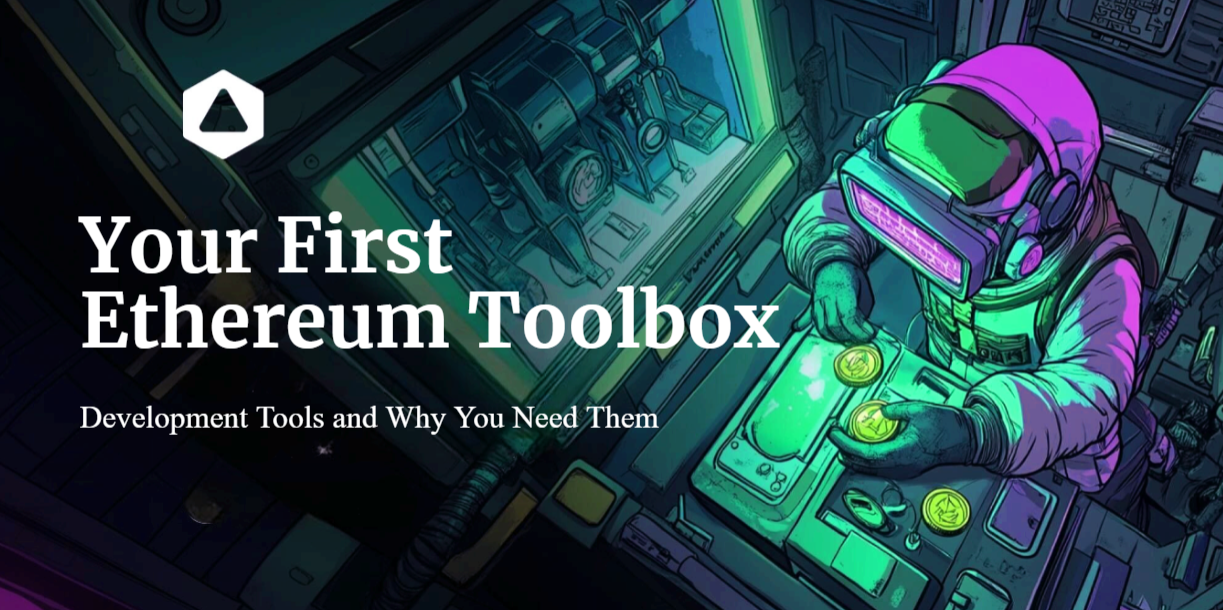
Imagine you want to build a house. You could try it with only a hammer and a handsaw, but the process would be slow, risky, and perhaps even impossible. A professional, however, arrives with a full toolbox, making the work faster, safer, and more efficient.
The same goes for developing a smart contract on Ethereum. While you could attempt it with only the most basic commands, a well-equipped developer knows that using the right tools is essential for success.
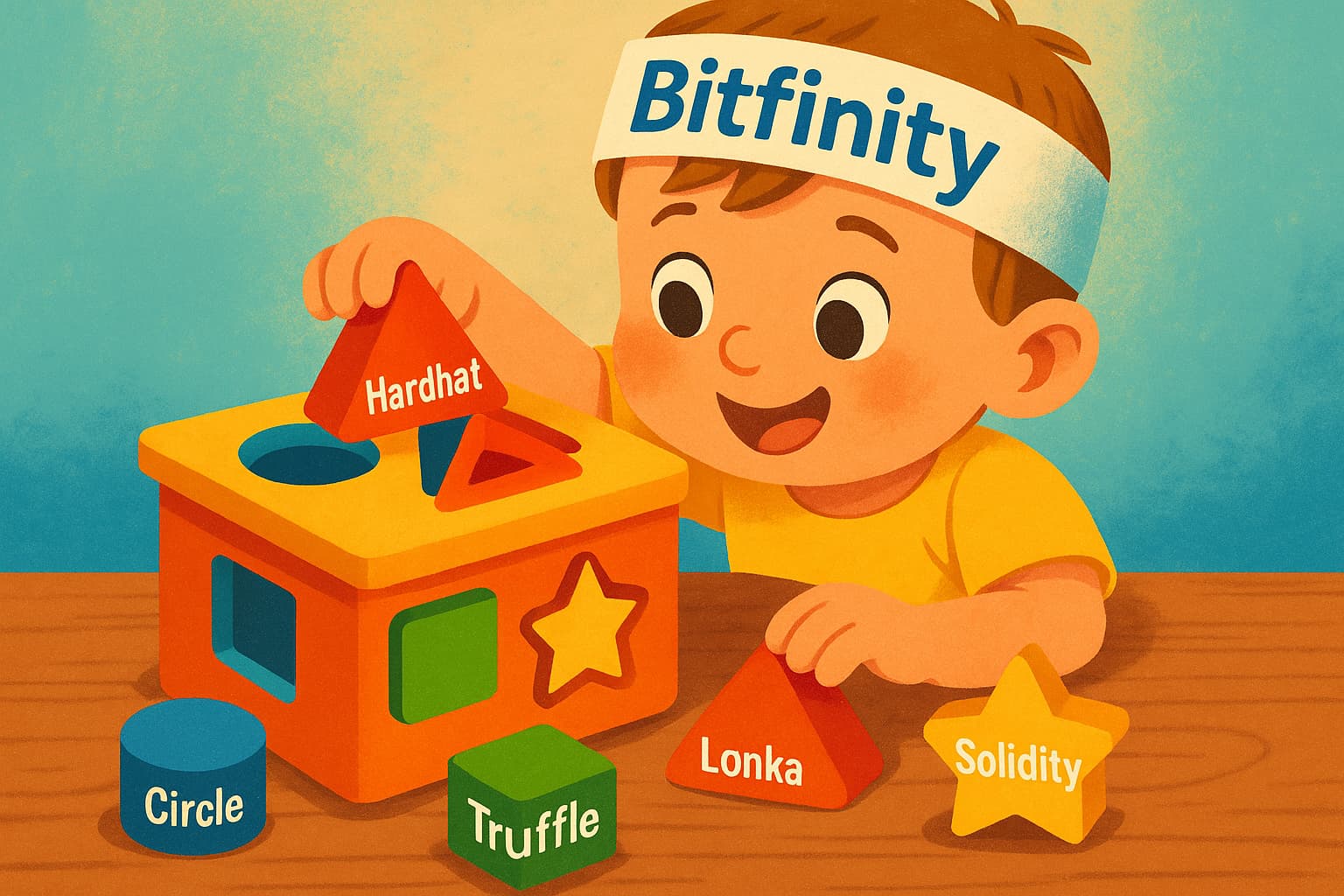
In this guide, we will introduce you to these development tools, explain what they do, and walk you through how to use them. But first, let's begin with the basics of what a smart contract development lifecycle looks like.
Developing a Smart Contract...
Before we dive into writing our first line of code, let's zoom out and look at the big picture. "Developing a smart contract" refers to the complete journey of taking an idea and turning it into a live, functional application on the blockchain.
This process is broken down into four essential stages:
- Writing the Code: This is where you'll define the contract's rules and logic in a programming language like Solidity.
- Compiling to Bytecode: You'll then translate that human-readable code into bytecode, the machine language that the blockchain can understand and execute.
- Testing for Success: Before going live, you must rigorously test your contract in a safe, simulated environment to ensure it works exactly as intended and is free of costly bugs.
- Deploying On-Chain: Finally, you'll publish your contract to the blockchain, giving it a permanent address and making it available for the world to use.
While these four stages are always the same, how you perform them is what separates a professional workflow from a frustrating one. You can think of it as having two paths: the manual approach and the tools-based approach.
The Manual Approach ✍️
As the name suggests, this approach involves a completely manual workflow. You would begin by writing your code in a plain text editor. Once ready, you'd use a command-line compiler, like the Solidity Compiler (solc), to convert your code into executable bytecode.
Deployment is also a low-level task. It requires you to manually construct a raw transaction, embed the bytecode, calculate the correct gas fees, and sign it before broadcasting it to the network.
Testing is perhaps the most painful part of this process. To check your logic, you would have to deploy the contract to a test network for every change, send transactions one by one, and then manually verify the results on a blockchain explorer. This slow, repetitive cycle makes fixing even simple bugs a tiresome and risky chore.
As you can imagine, this entire process is not practical for any serious project, which is where the tools-based approach comes in.
The Tools-based Approach 🔨
While the manual approach is a long and complex path, modern development tools automate the most tedious and error-prone steps for you. This leads to the key question: What are these tools, and what do they do?
Easier Life with Development Tools
In the world of blockchain, development tools are a broad category of software, libraries, and frameworks designed to simplify and accelerate the creation, testing, and deployment of applications.

The ecosystem of blockchain tools is vast and cannot be covered in a single article. Therefore, for your first Ethereum toolbox, we will focus on the most essential tools for building smart contracts: Frameworks and Integrated Development Environments (IDEs).
Frameworks
Frameworks are software environments that bundle all the essential components for smart contract development. Instead of managing each task separately (like in the manual approach), a framework provides an integrated workspace with features like:
- Project Scaffolding: Creates a clean, organized folder structure for your contracts, tests, and deployment scripts with a single command.
- An Automatic Compiler: A built-in command that compiles your Solidity code into bytecode, removing the need to use
solcmanually. - A Local Blockchain Network: A simulated blockchain that runs on your computer, allowing you to test your contracts instantly and for free, without spending real cryptocurrency on a public testnet.
- A Testing Suite: Provides utilities to write and run automated tests against your smart contracts, helping you find and fix bugs efficiently on your local blockchain.
- A Deployment Assistant: Manages and simplifies the deployment process to public blockchains through easy-to-use scripts.
It is important to note that frameworks run locally on your computer. Therefore, you will need to set them up first by installing some prerequisite software.
Integrated Development Environments - IDEs
While the terms are often used together, an IDE and a framework play distinct roles in the development process. The clearest way to see the difference is to think of an IDE as the physical workshop and a framework as the specialized power tools and blueprints you use within that workshop.
An Integrated Development Environment, or IDE, is the primary application you work in. It is the visual workspace that provides the code editor for writing, panels for viewing output, and buttons for executing tasks. Remix IDE is a perfect example of this workshop.
When you open Remix in your browser, you are entering a dedicated environment designed for you to build smart contracts. The text editor you type your Solidity code into and the user interface you click on are all part of the IDE.
Because Remix is web-based, getting started takes only seconds: you simply open remix.ethereum.org, create a new .sol file, and click Compile. While this frictionless setup makes Remix a perfect learning lab for beginners and quick experiments, it is not designed for managing large, long-term smart contract projects.
Complex applications require better tools for version control, automated testing, and scriptable deployments. This is the role that development frameworks fill. Now, let's explore the most popular ones used by professionals today.
Better to use Frameworks such as...
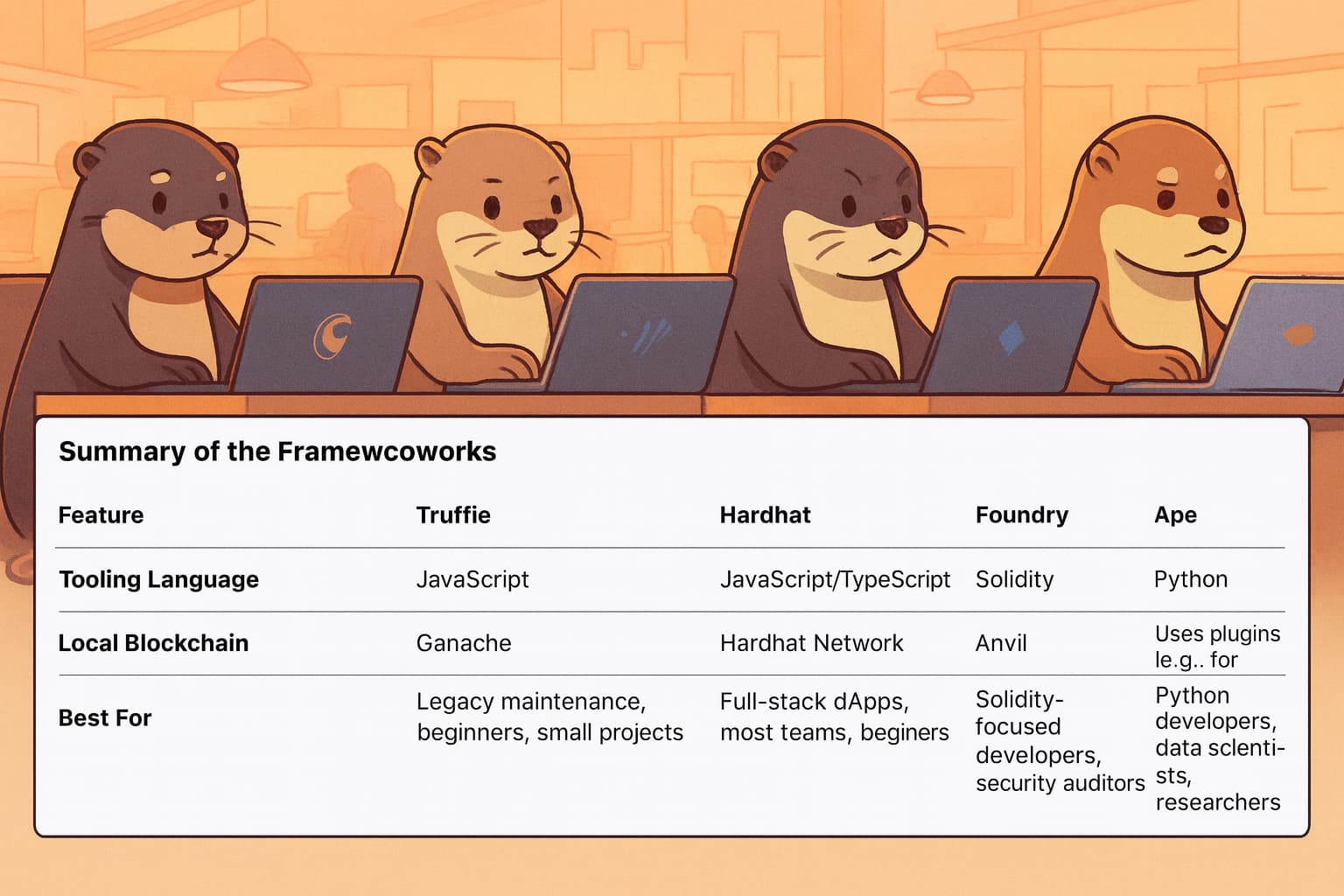
Truffle
Released in 2015, Truffle was one of the first and most influential development environments for the Ethereum ecosystem. It is a JavaScript-based framework, meaning its configuration, testing, and deployment scripts are all written in JavaScript.
It's important to note that while Truffle uses JavaScript for its commands, the smart contracts themselves are still written in Solidity. This principle of using a scripting language to manage contracts written in a contract language also applies to frameworks like Hardhat (JavaScript/TypeScript) and Ape (Python).
Truffle was the core of the Truffle Suite, a collection of tools that included:
- Truffle: The main framework for compiling, testing, and deploying smart contracts.
- Ganache: A tool for running a personal Ethereum blockchain on your local machine for development and testing.
- Drizzle: A collection of front-end libraries for connecting a user interface to your smart contracts.
While Truffle was a foundational tool for many years, its role has changed. In 2020, ConsenSys acquired Truffle and, in September 2023, announced that the framework was being "sunset." This means it will no longer receive new features or major updates.
ConsenSys now officially recommends and contributes to Hardhat as the primary framework for smart contract development.
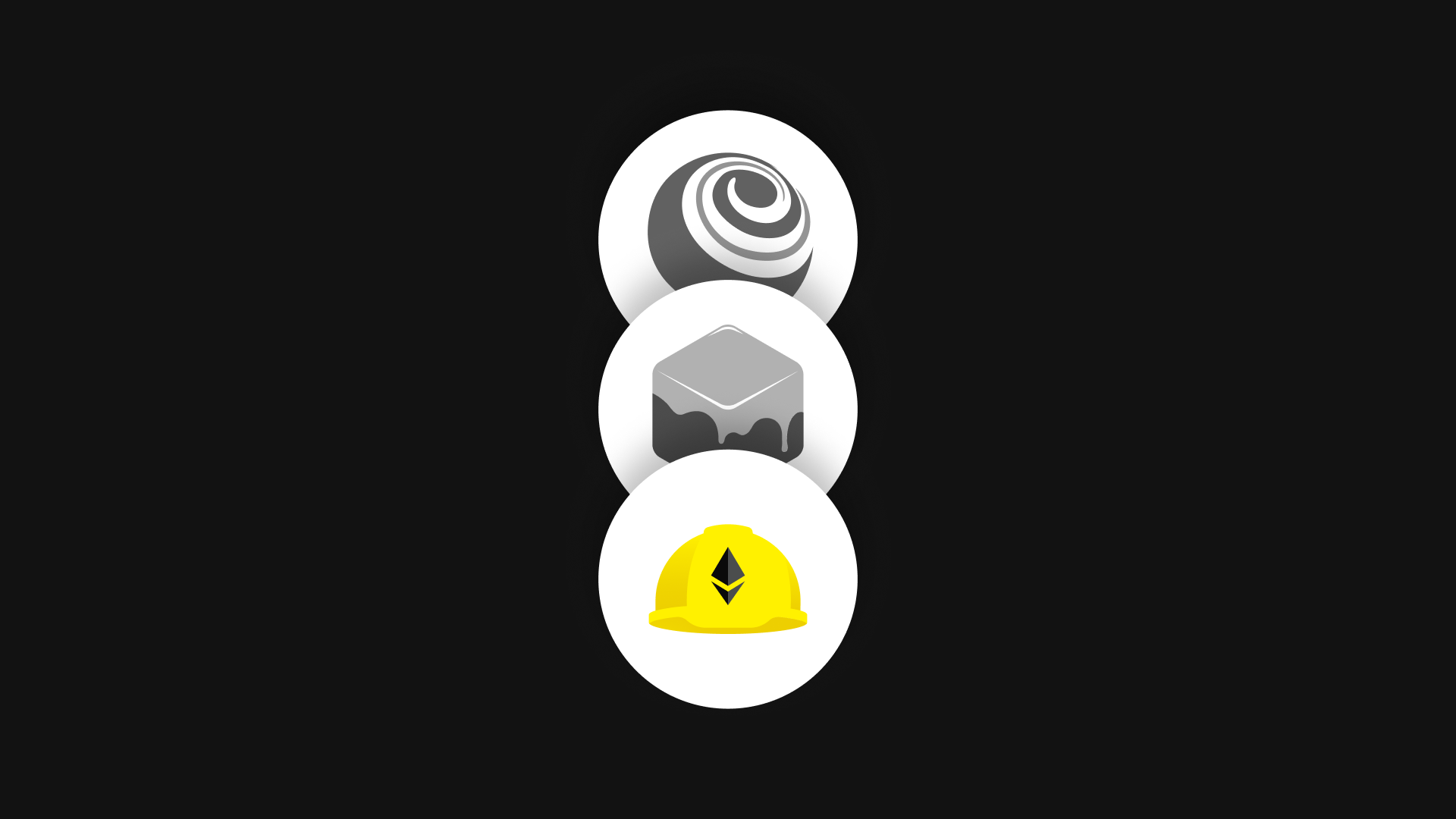
Hardhat
Hardhat was designed to make smart contract development feel familiar and comfortable for the millions of web developers who already use JavaScript or TypeScript. It's currently the most widely-used framework in the industry.
Imagine you're the manager of a construction site. You want to give instructions to your team (compile this, test that, deploy here). With Hardhat, you write all of those instructions in JavaScript. This is incredibly powerful because you can use the vast world of existing JavaScript libraries to help you.
Hardhat comes with two essential features out of the box:
- A Private Mini-Blockchain: It instantly creates a super-fast, local Ethereum blockchain on your computer for testing. This is much more efficient than using a public test network for every small change.
- An Automation Engine: It gives you simple commands like
hardhat testandhardhat compile. When you run them, Hardhat automatically handles all the tedious steps of turning your code into a working application.
Foundry
Foundry is a newer, incredibly fast alternative with a different philosophy: if you're writing smart contracts in Solidity, you should be able to test them in Solidity, too.
Instead of switching back and forth between Solidity for your contracts and JavaScript for your tests, Foundry lets you stay in one language for everything. This feels more natural to many developers and helps them think more deeply about how the code behaves on the blockchain.
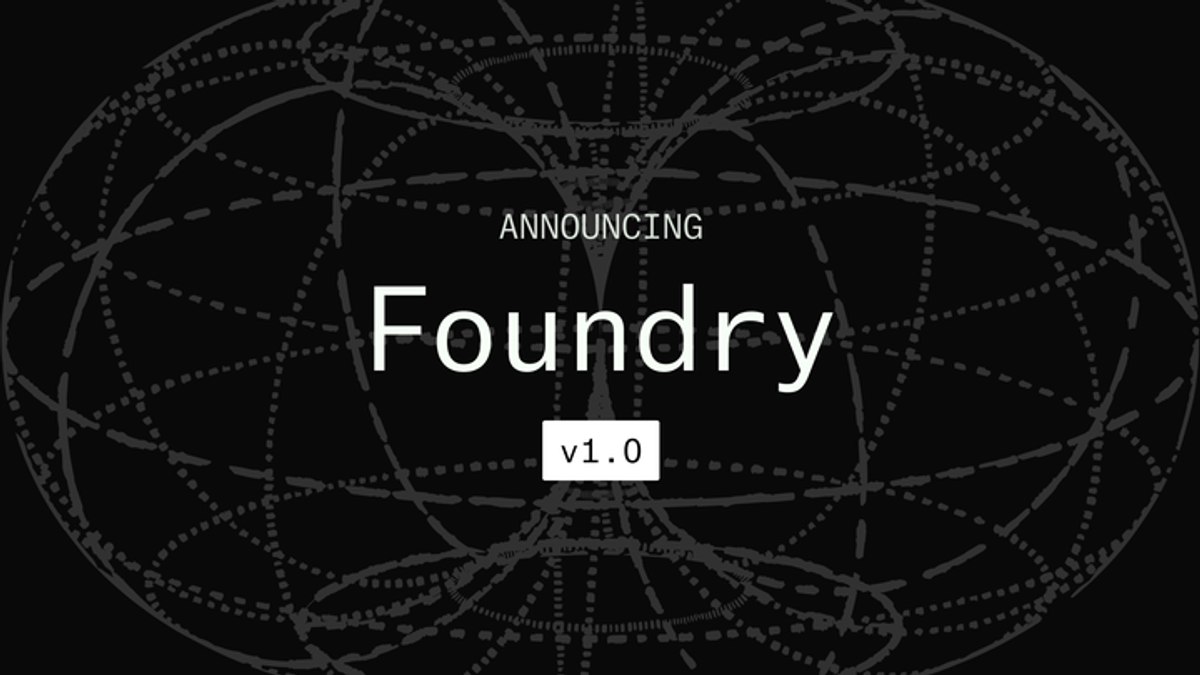
Foundry's reputation is built on two main pillars:
- Extreme Speed: It was built from the ground up for performance. Compiling your code and running tests are often several times faster than in other frameworks, which makes the development cycle feel quick and responsive.
- Powerful, Solidity-Native Testing: Writing tests in Solidity allows for more advanced techniques. For example, Foundry makes it easy to run "fuzz tests," where it automatically throws thousands of random inputs at your functions to find hidden bugs you might never have thought to look for.
Ape
What if you could manage, test, and deploy your smart contracts using the power and elegance of Python? That is the core mission of Ape (also known as ApeWorX).
However, it is essential to understand a key distinction: you use Python to manage your project (for scripting, testing, and deployment), but the smart contracts themselves must still be written in a language that the blockchain's virtual machine can understand.
This is a critical point for compatibility. For instance, as you noted, the Bitfinity EVM does not support Python directly. This means that while you can use the Ape framework to organize your workflow, the contracts you deploy to Bitfinity must be written in an EVM-compatible language like Solidity or Vyper.
Conclusion
Choosing the right tool depends on your background and project needs. JavaScript developers will feel at home with Hardhat, Solidity purists will love the speed and native testing of Foundry, and Pythonistas can leverage their existing skills with Ape.
Regardless of your choice, these professional frameworks provide the safety and efficiency required for serious development. Now that you have the ultimate toolbox, you are ready to build on the next frontier: the Bitfinity EVM. By combining the power of these tools with Bitfinity's high-speed, low-cost, and Bitcoin-integrated environment, you can start creating the next generation of decentralized applications today.
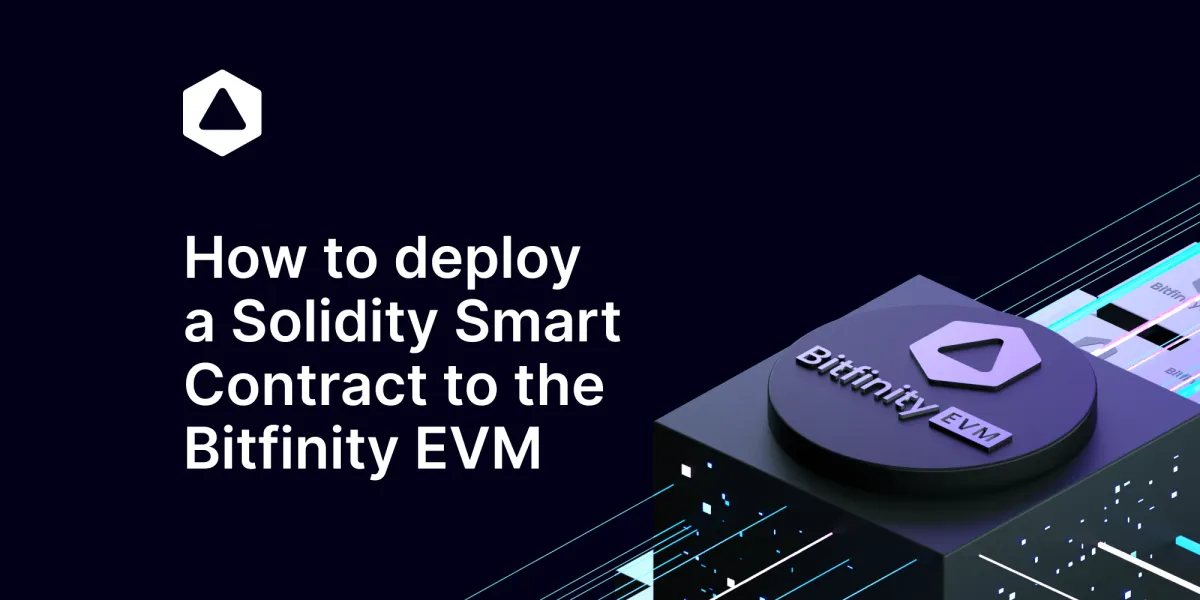

Connect with Bitfinity Network
Bitfinity Wallet | Bitfinity Network | Twitter | Telegram | Discord | Github

*Important Disclaimer: The information provided on this website is for general informational purposes only and should not be considered financial or investment advice. While we strive for accuracy, Bitfinity makes no representations or warranties regarding the completeness, accuracy, or reliability of the content and is not responsible for any errors or omissions, or for any outcomes resulting from the use of this information. The content may include opinions and forward-looking statements that involve risks and uncertainties, and any reliance on this information is at your own risk.
External links are provided for convenience, and we recommend verifying information before taking any action. Bitfinity is not liable for any direct or indirect losses or damages arising from the use of this information.



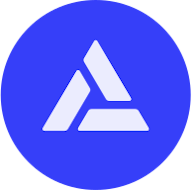


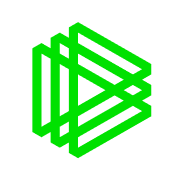
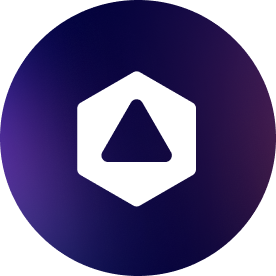
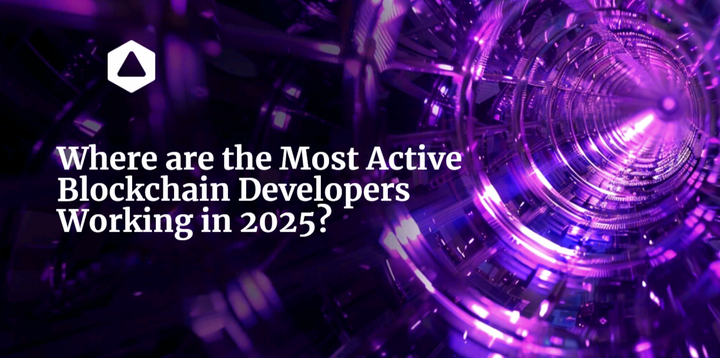
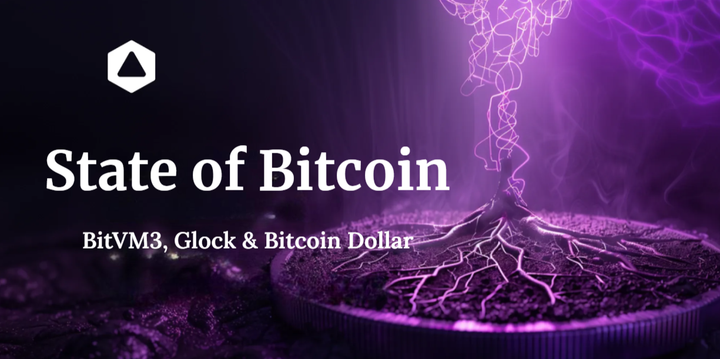
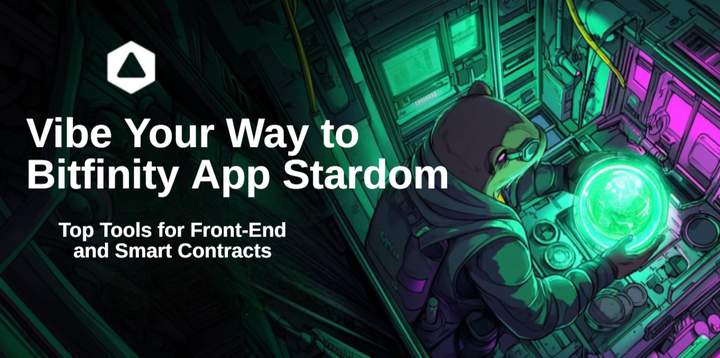
Comments ()